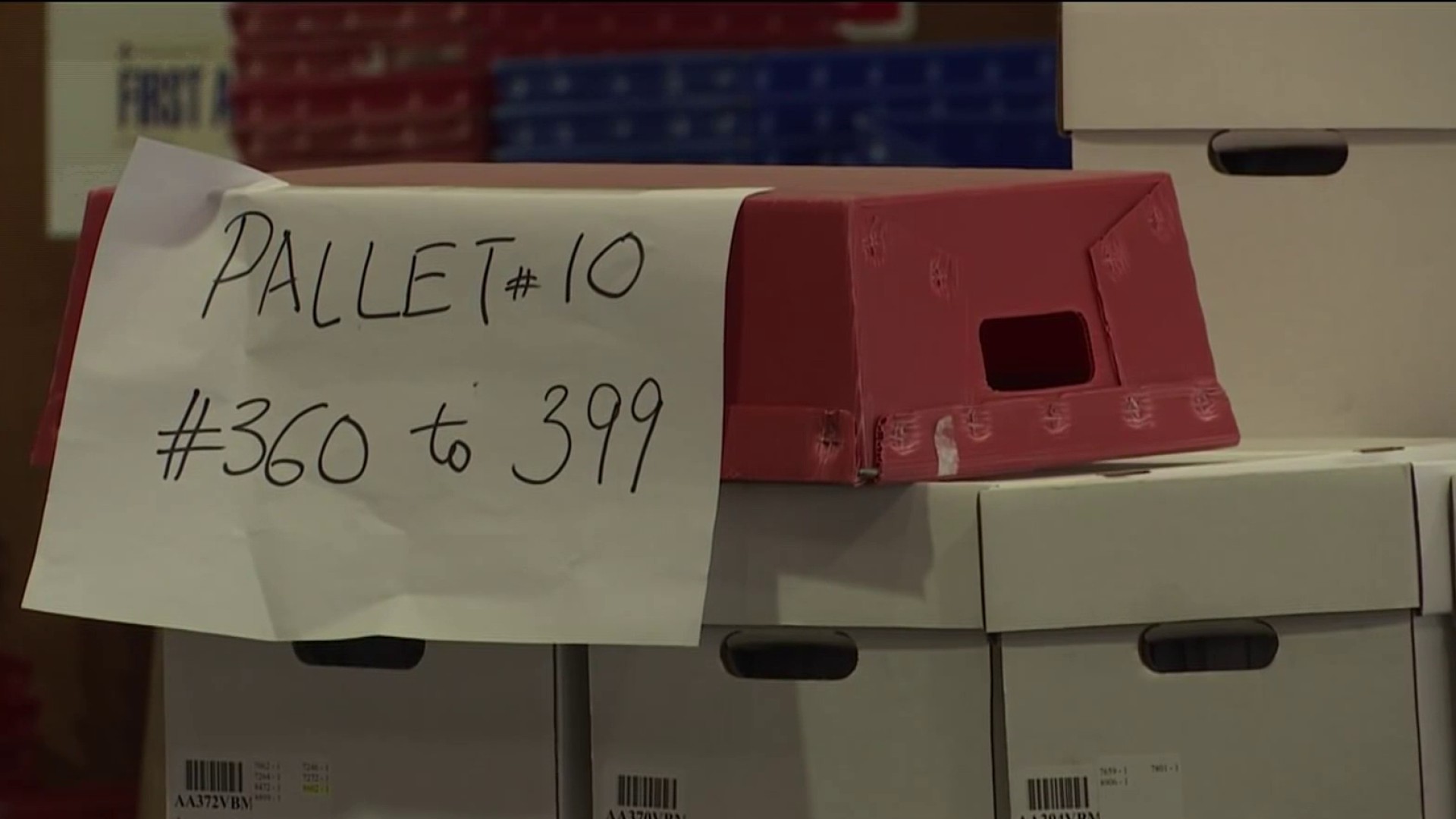As a student working toward a doctorate in marine biology, Laura Jurgens became a regular visitor to the tide pools just down the bluff from the Bodega Marine Laboratory in Bodega Bay. In 2011 she was studying mussels but couldn’t help but be taken with the millions of spiny Purple Sea Urchins blanketing the pools of water.
“These tide pools were just purple they were covered in so many urchins,” recalled Jurgens.
Then one day, Jurgens noticed the normally blue Pacific Ocean was the color of iced tea. Then word swept through the lab - urchins, six-arm sea stars and other creatures inside the dozens of tanks were dying.
“We had a lot of urchins in the lab,” Jurgens said. “Thousands of urchins, and they all died.”
The lab pumps millions of gallons of sea water into its tanks every day, so it made sense that whatever was happening in the tanks, was also happening outside.
The lab starting receiving calls of dead creatures watching up on the beach. More urchins, and more sea stars were dying. Until the tide pools were no longer purple, and the rocks where the urchins and attached themselves were like empty pock-marked craters.
“So millions and millions of purple urchins along this whole shoreline,” Jurgens said “were wiped out in a matter of days to a couple weeks.”
Local
Along 62 miles of coastline between Mendocino and Sonoma County was impacted by the die-off, devastating populations of urchins and sea stars.
That mysterious die-off is the subject of a new paper by Jurgens and her colleagues. It documents the event and points a finger at the suspected culprit — an algal bloom.
Algal blooms are sudden increases in algae in the water, brought on by an increase in nutrients. During the last decade, algal blooms have been blamed for die-offs among sea birds, fish and recently, sea lions.
“So this may be part of a pattern of emerging diseases,” said Bodega Marine Laboratory director Gary Cherr. ”These kind of events that are happening as part of climate change.”
Jurgens has studied how the disappearance of urchins and sea stars from the tide pools has changed their balance of power, as the creatures served as sort-of tide pool predators.
“I think we’re learning a lot about how tide pool eco-systems function,” Jurgens said.
On a recent day, Jurgens scaled the blooms and walked among the tide pools, with the roaring ocean clamoring just beyond the rocks. She reached into a tide pool and plucked out a spiny urchin, hiding beneath a shell. She said the urchins are slowly making a comeback, although their numbers are minuscule compared to their previous population.
She set the tiny creature back into the pool and covered him up with a broken shell.
“This is a small fraction,” she said, before heading back up the hill.



